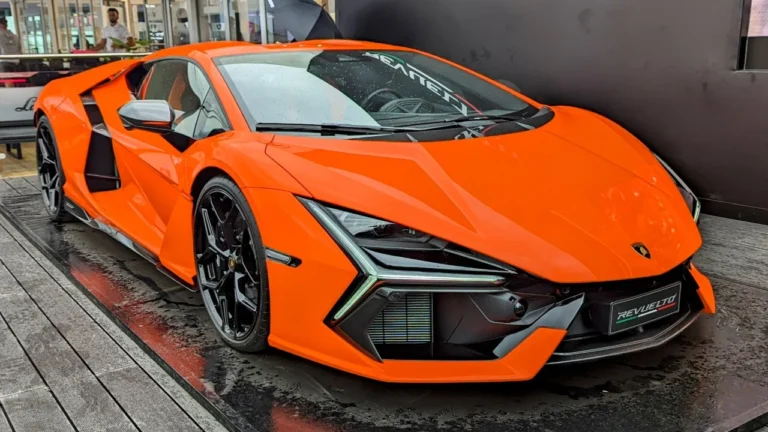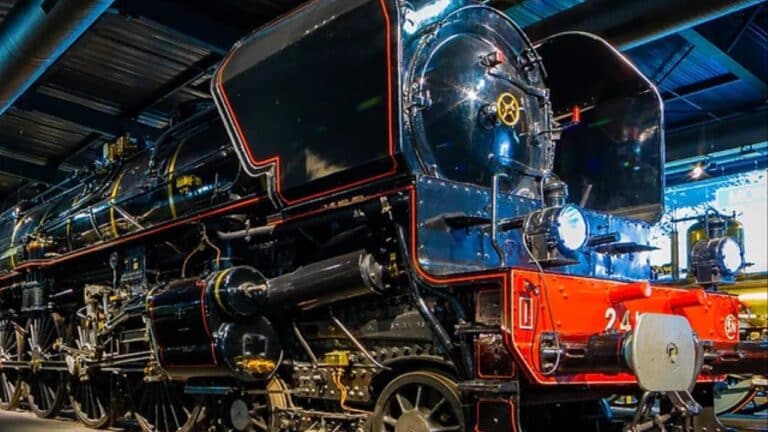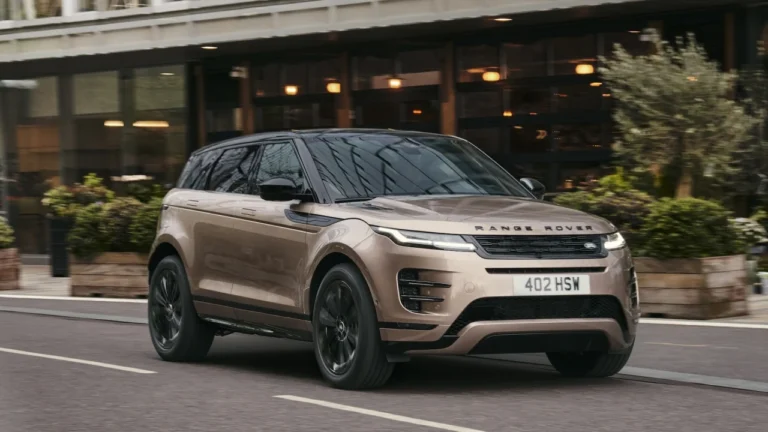13 Most Controversial Cars Ever Made by Ford
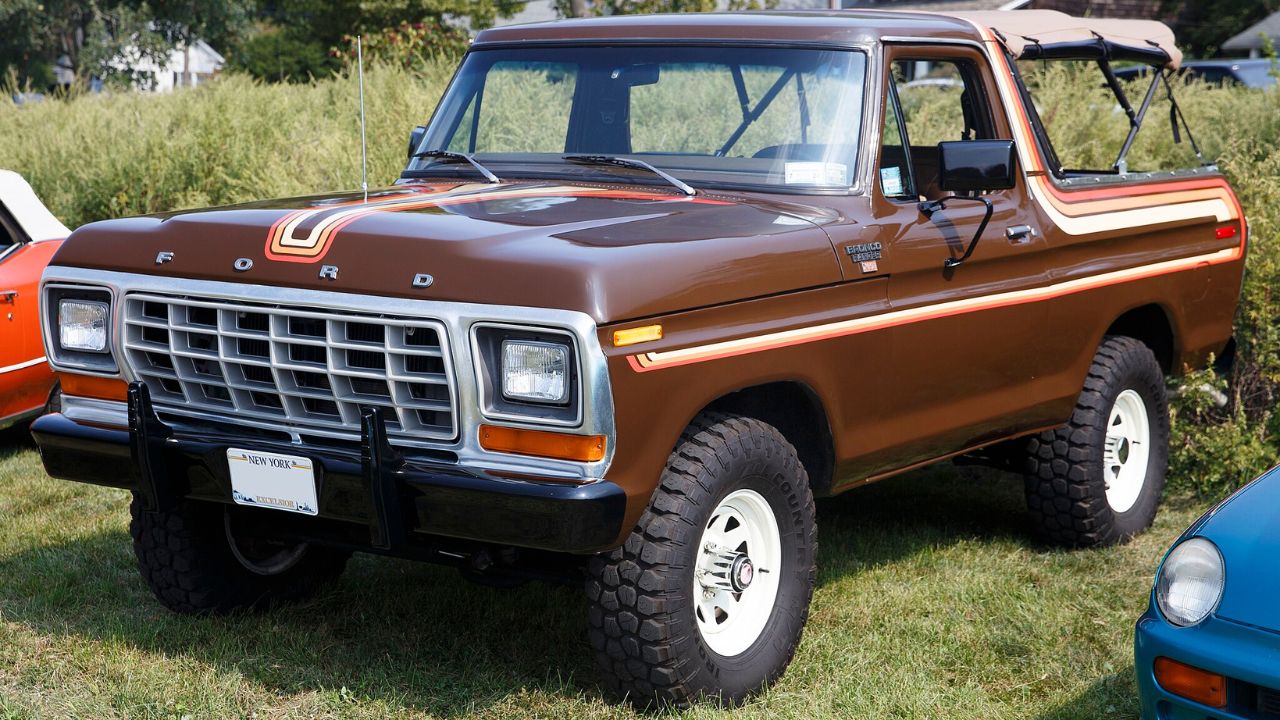
Many of the world’s most iconic automobiles wear the Blue Oval logo, from the Ford Model T and Ford V8 to the Mustang and GT40. The world owes Henry Ford for making the automobile an accessible acquisition for anyone with a job and not just the rich. However, the world hasn’t always welcomed all of Ford’s creations with open arms.
Some models caused upheavals for various reasons — design, safety, performance, or business decisions. The Edsel, for example, is one of the most controversial cars in history. It launched with much fanfare in 1957 but soon became synonymous with failure due to its odd styling and marketing missteps.
Unfortunately, the Edsel is not the only contentious product to wear the Blue Oval badge. It doesn’t have to be “unfortunate,” though. Like they say, “Any publicity is good publicity,” if you know what to do with it. Here are 15 of the most controversial cars Ford has ever made.
Ford Pinto (1971-1980)
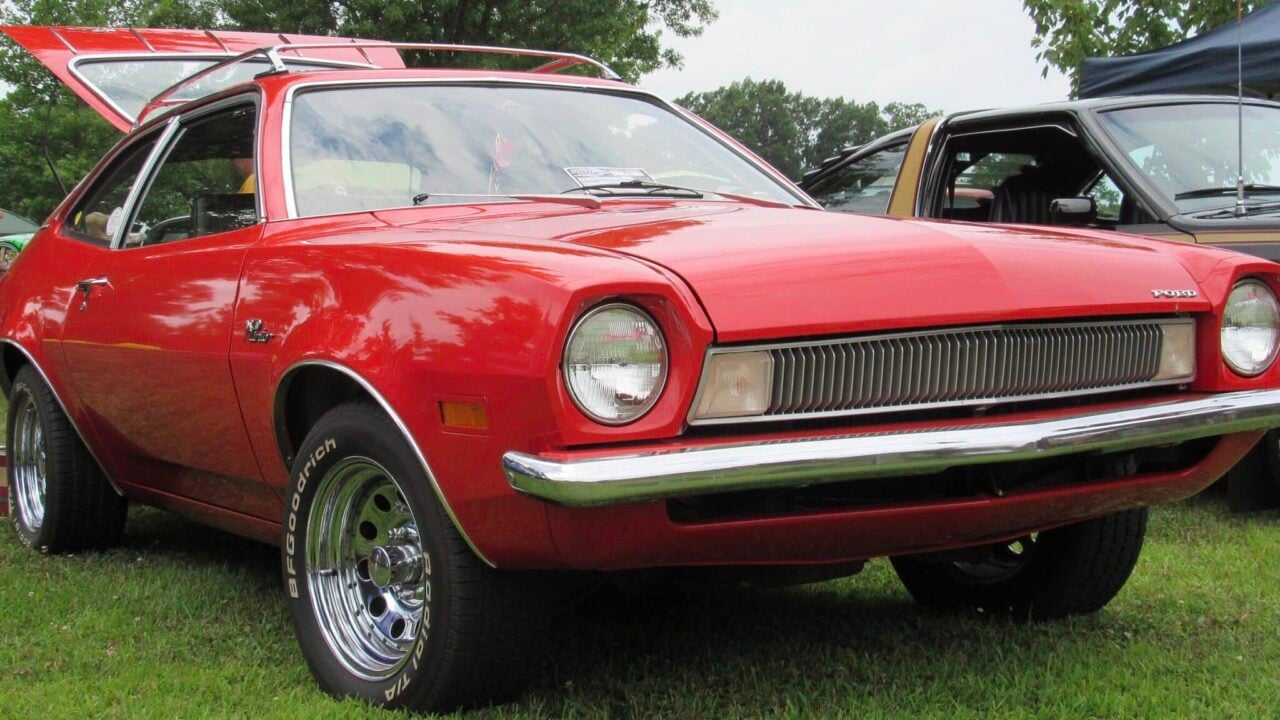
More than four decades later, the Ford Pinto and the controversy surrounding its development and market launch remain cited in case studies as an example of the pitfalls of sacrificing consumer safety on the altar of cost-saving measures. The Pinto subcompact car entered the market in 1971 with a design flaw involving the fuel tank position that made it prone to catching fire in rear-end collisions.
The worst part came with the revelation of a leaked internal memo that showed Ford caught the flaw during internal crash tests, but the shot callers proceeded to conduct a cost-benefit analysis, at the end of which they decided it was cheaper to settle lawsuits for burns injuries and death than to fix the flaw.
They did get those lawsuits, most notably the Grimshaw v. Ford Motor Company, in which a jury awarded $125 million (later reduced to $3.5 million) in punitive damages to the plaintiffs. The Pinto was a major scandal back then.
Ford Edsel (1958-1960)

The Edsel was supposed to be a revolutionary car, perhaps only second to the Model T in industrial, historical, and generational importance. Instead, it ended as one of the most famous failures in automotive history. The company had lofty goals for this car, so lofty that they overdid the marketing, inadvertently placing Edsel on a pedestal too high for its own good.
The polarizing “horsecollar” design, mechanical issues, and poor timing during a recession didn’t help its commercial fortunes. The Edsel may have had a better chance of success if it was born in the prosperous 1950s when it was conceived.
Ford Mustang II (1974-1978)
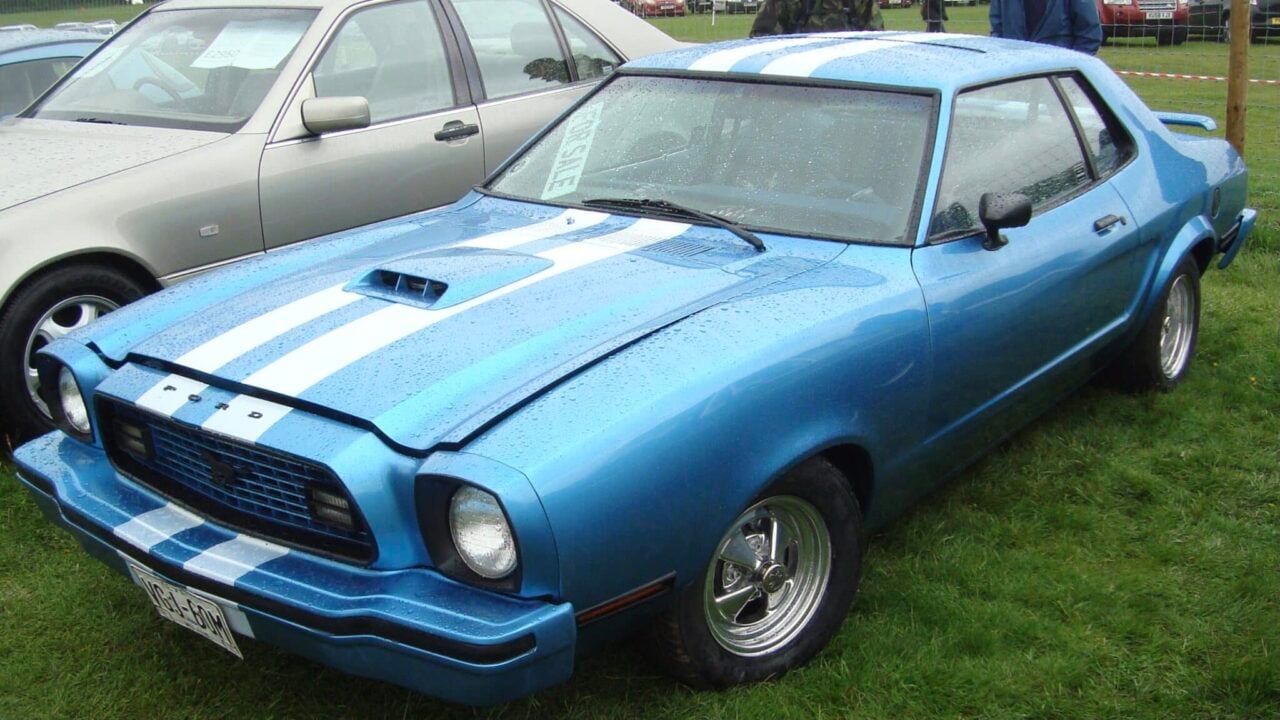
Ford made the mistake of ushering the iconic Mustang into its second generation with a significant departure from the original design and philosophy. It proved a highly controversial and ‘costly’ mistake not to be repeated to this day. It cost Ford the enthusiasts that were the lifeblood of the Mustang.
Ford effectively stripped the Mustang of its sporty image and performance credentials by basing the II on the Pinto platform. It didn’t matter to fans and enthusiasts that the II was a more fuel-efficient Mustang during the oil crisis. They just couldn’t stomach the idea of a smaller, lighter, Pinto-like ‘Stang with lackluster performance.
It was almost 500 lbs lighter than the ‘73 Mustang and a foot shorter. The iconic V8s were replaced with a 2.3-liter inline-4 and a 2.8-liter V6, although Ford capitulated and introduced a 5.0-liter V8 option in 1975.
Still, it couldn’t match the originals due to emissions regulations. Ironically, the Mustang II made history as one of the best-selling Mustangs after moving over 420,000 units in its first year. Apparently, Ford got it right with the broader market, but enthusiasts didn’t find the change funny.
Ford Explorer (1991-Present)

Indeed, the Explorer SUV helped transform the automotive industry by popularizing the segment. Looking at the latest models, with their remarkably potent powertrains and impressive collection of cutting-edge ADAS features, it’s easy to forget this same car was embroiled in dust-raising controversies during the late 1990s and early 2000s, particularly with the Firestone tire recall of 2000 affected millions of Explorers.
The Explorer was the subject of just too many rollover accidents associated with tire failures, leading to the recall and subsequent public relations crisis.
Firestone didn’t shoulder the entire blame, as investigators found the SUV’s design may have contributed to the instability during tire blowouts. Ford fixed that with improvements in suspension design and tire specifications and also introduced electronic stability control and other advanced safety technologies.
Ford Thunderbird (2002-2005)

The 2002–2005 Thunderbird was Ford’s attempt at recalling the spirit of the original 1950s T-Birds — a modern interpretation of an iconic nameplate. It turns out that banking on the original’s fame and popularity with enthusiasts was not enough.
Although initially well-received, the retro-styled modern Thunderbird eventually got criticized as overpriced for its value, impractical, and underwhelming. The market was so disappointed in the retro Thunderbird that sales dropped from 31,000 units in the first year to fewer than 10,000 in its last year.
Ford Bronco II (1983-1990)

Yes, even the beloved, phenomenal, can’t-be-wrong Bronco does not have a stainless-white clean slate. The Bronco II, introduced in 1983, was subject to numerous accidents and expensive lawsuits due to its short wheelbase, narrow track width, and high center of gravity that increased its risk of tipping over during sharp turns or evasive maneuvers.
The NHTSA (National Highway Traffic Safety Administration) found the SUV‘s rollover risk too high compared to similar SUVs. Naturally, the media had a field day, with investigative journalists fishing for Bronco’s imperfections and fueling the controversy.
Several attempts to improve the Bronco II’s stability fell short until Ford phased out the nameplate, replacing it with the Explorer in 1991.
Ford Aspire (1994-1997)

The Ford Aspire was anything but inspiring, considering its poor reception and relatively short production run. People found the design uninspiring, the performance lackluster, and the build quality subpar. It featured a 1.3-liter straight-4 engine with a humbling 63 horsepower, although Ford introduced a 1.5-liter unit producing 91 horsepower in 1995.
Even though the car emphasized efficiency, it was just too underwhelming for comfort. Introduced in 1994, the Aspire was positioned as an economical and practical subcompact car to replace the Ford Festiva.
It was, in fact, a rebadged Kia Avella, rounder and more aerodynamic than the boxier Festiva. The South Korean manufacturer was looking to expand its global presence.
Ford C-Max (2012-2018)

As the controversial tale of the C-Max demonstrates, “Lying Ford” or being called a liar is not a cliché any business or automaker wants to be associated with. Ford introduced the C-Max MPV in 2012, emphasizing versatility and fuel efficiency. The problem is the EPA kept countering Ford’s official fuel economy claims about the C-Max, inadvertently hampering sales and giving competing hybrids the upper hand.
Ford initially claimed the C-Max had an EPA-estimated economy of 47 mpg for city and highway driving, but real-world testing and subsequent re-evaluations by the EPA returned 42 mpg for city and 37 mpg for highway.
It was a decent MPV crippled by the significant discrepancy between the advertised and actual fuel economy. In fact, the frequent EPA revisions led to a class-action lawsuit against Ford, and the company had to compensate owners for the inflated mileage claims.
Ford Tempo (1984-1994)
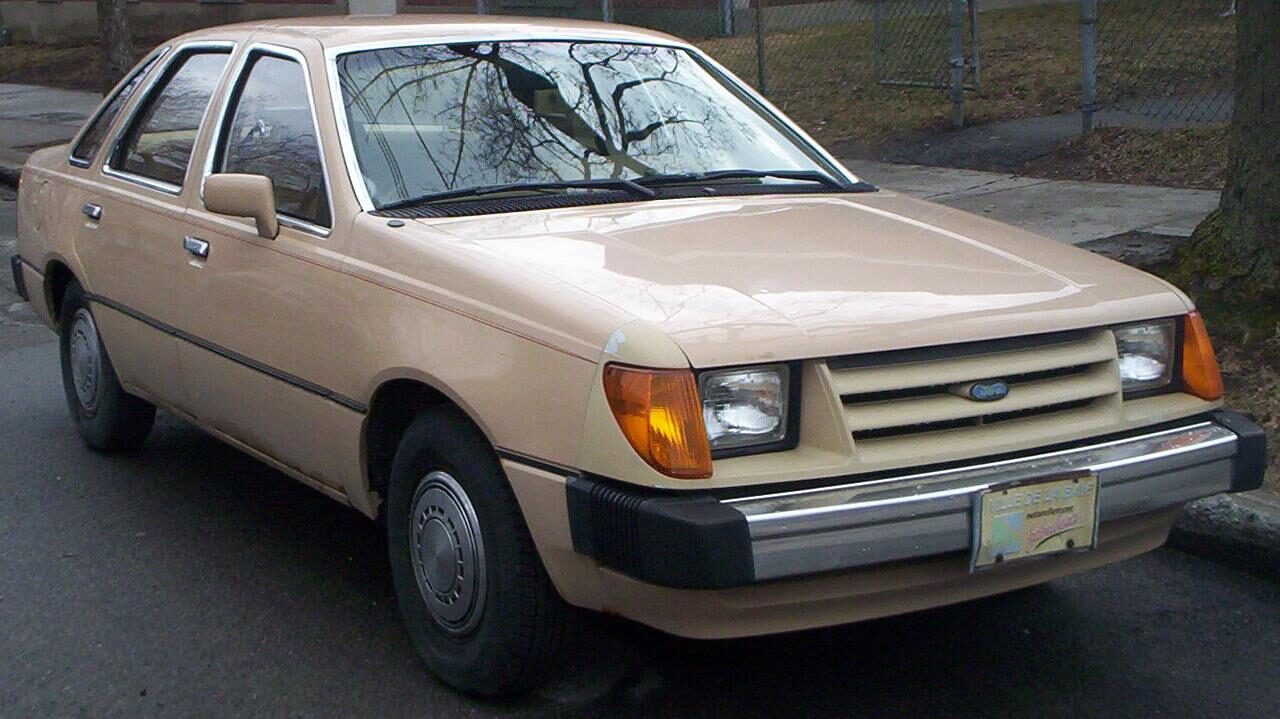
Ford launched the Tempo in 1984 as a modern replacement for the Fairmont, but the car was heavily criticized for looking bland and lacking innovations. It also had reliability issues with the automatic transmission and rust that people would’ve probably not trumped up if the car hadn’t looked so boring.
It was developed alongside the Mercury Topaz as part of Ford’s push to modernize its compact car lineup, which explains why both cars have an uncanny resemblance. The sloped nose and flush-mounted headlights may have improved efficiency but did nothing to justify the performance of the 85-hp 3-liter HSC inline-four.
Interestingly, the Tempo had a good time on the market, but its outdated design caught up with it in the early 1990s, leading to its eventual replacement by the Ford Contour in 1995.
Ford Contour (1995-2000)

The Tempo’s replacement, the Ford Contour, had its fair share of controversies despite representing a solid improvement over its predecessor. It offered a more refined design, better handling, and improved ride quality. However, the cramped interior space was an unforgivable drawback for American shoppers already addicted to spacious cabins.
With the Contour positioned as a premium compact car and priced accordingly, it was more expensive than many of its larger, compact car rivals. The Contour weathered numerous recalls due to reliability issues with the electrical system, engine, and the fit and finish of interior components.
The car’s reputation was soon in the dump due to these controversies. Even Ford couldn’t decide if the Contour belonged in the compact or midsize segment.
Ford Excursion (2000-2005)

The Excursion escorted Ford into highly publicized controversies. The supersized SUV represents one of the few times Americans didn’t like “large,” as the heavy-duty Class-2 Excursion was considered too enormous and a gas guzzler during (gasp) a period of increasing environmental awareness.
The SUV’s massive size is primarily responsible for the extra scrutiny. It was produced briefly for five years, during which the SUV gained a loyal fan base that still keeps it alive via CGIs. It rode on Ford’s Super Duty truck platform, sharing components with the Ford F-250. It could sit up to nine passengers and tow large trailers or boats.
It was perfect for large families and people with heavy towing needs, whether for recreational or commercial purposes. Unfortunately, environmentalists couldn’t wait to come for the large, thirsty SUV while safety advocates picked the carcass. Also, some regular shoppers thought it would be tricky to maneuver in urban areas and parking lots.
Ford Five Hundred (2005-2007)

Like the Tempo two decades earlier, the 2005 Ford Five Hundred looked too bland to justify its modern full-size sedan packaging. In fact, Ford intended to use it as a two-pronged spear to simultaneously fight for shares in the midsize and large sedan segments. It turned out the Five Hundred couldn’t sustain the fight for more than two years.
It replaced the Taurus but rode on the new D3 platform shared with the Freestyle crossover and the Mercury Montego sedan. The Five Hundred’s design, featuring a tall roofline, straight lines, and a spacious interior, emphasized function over glamour.
Despite the roomy interior and high-tech safety features, it was up against formidable rivals like the Toyota Camry, Honda Accord, and Chevrolet Impala. Also, journalists criticized its underpowered engine, lackluster performance, and uninspiring driving dynamics. Ford would later rebrand it as the Taurus in 2008.
Ford Freestyle (2005-2007)

The long string of cars wearing the Blue Oval’s logo that people have stopped short of calling “ugly” might vindicate Enzo Ferrari’s description of Ford as an ugly factory for ugly cars.
Well, we don’t know that Enzo actually said that, but we imagine he did, considering the obvious efforts devoted to the 330 P3 and P4’s styling and the fact the Italian actor Remo Girone sounded so authentic when he spat those words to Jon Bentharl, “Go back to Michigan. Back to your big, ugly factory [Ford’s], making its ugly, little cars.”
Sadly, American shoppers, not Enzo, thought the 2005 Ford Freestyle looked just as bland as its confusing market position. It rode on the Five Hundred’s platform, featuring a tall roofline, large windows, and a relatively low step-in height.
However, critics found the 203-hp .0-liter Duratec V6 engine mated to a CVT underwhelming, and the SUV faced stiff competition from midsize crossovers like the Honda Pilot, Toyota Highlander, and Chevrolet Traverse.
